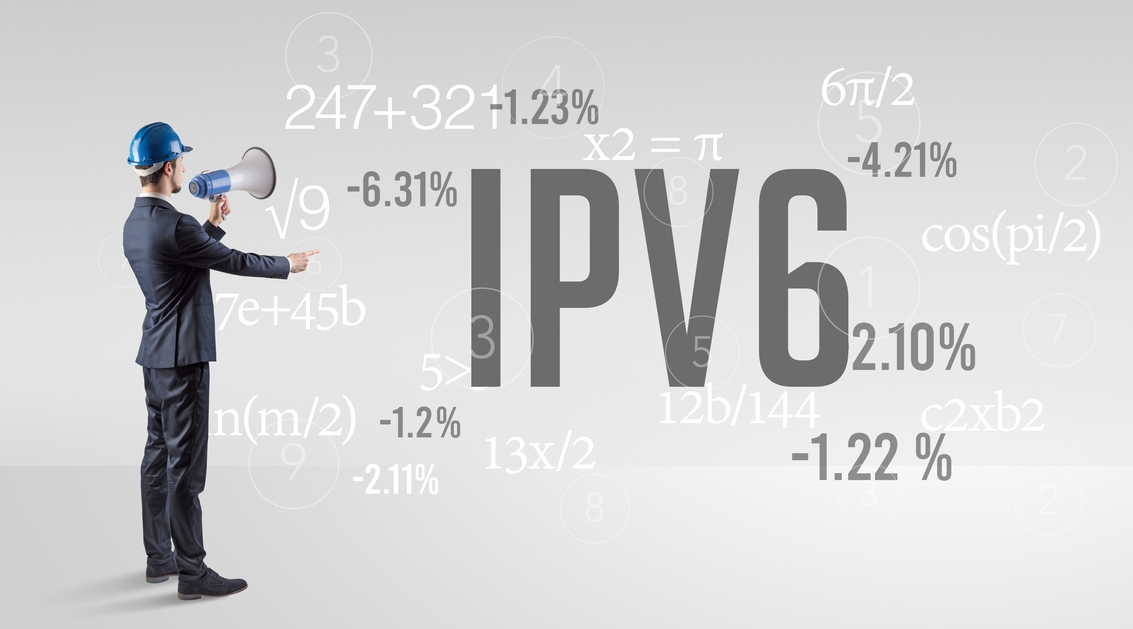
Each device connected to the Internet has an IP address. This is what keeps track of where they are on The Network, and allows other devices or people interacting with them through websites like Facebook (or even email) to know which one you’re using!
An ‘IP’ stands for Internet Protocol; it’s a type of numerical label assigned by your router that helps identify each computer/tablet belonging to either a local area network(LAN) OR wide area network(WAN). These numbers act as identifiers so we can easily recognize our connections when accessing services online like YouTube.
The IP address is a critical component of the technical format that allows addressing and packet schemes. It also creates virtual connections between destinations, and sources – much like how TCP works with Internet communications today.
IPv6 is the latest version of IP, which allows devices to be located on a global networking system. Every device with an internet connection needs this information for communications across networks and oceans alike can take place properly; without it, there would only ever be IPv4 traffic (the original). The new IP address version, IPv6 is being deployed to fulfill the need for more Internet addresses. It was aimed at resolving issues that are associated with the 4 numerical digit system (IPv4). With a 128-bit space, each device has about 3 trillion possibilities which make it easier than before because there are an undecillion or fewer possible combinations!
What is the difference between IPv4 and IPv6?
IPv4 was 32-bit addressing whereas IPV6 uses 128 bits. One major change in comparison with 4 versions ago, there are now two types of internet protocols: alphanumeric (text) versus numerical(numbers). Another difference between IPv4 and 6 is that one Dot(.) versus Colon(:). The use of IPv6 offers a better way to transmit data than the old version 4 because it has more header fields. IPv4 does not support broadcasts whereas the newer version 6 does. The difference between IPv4 and IPv6 is that the former supports variable length subnet masks (VLSM), while this capability isn’t present in newer versions of the internet protocol. The difference between IPv4 and 6 is that ARP (Address Resolution Protocol) needs to map an IP address with its corresponding MAC while NDP utilizes neighbor discovery, which means the network can auto-configure devices without manual intervention.

